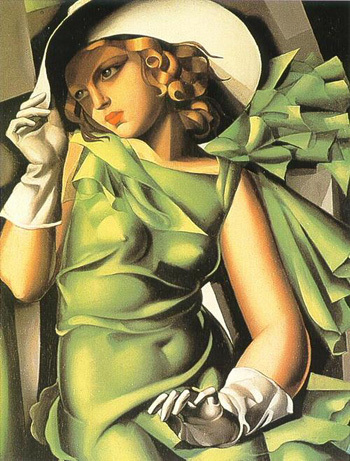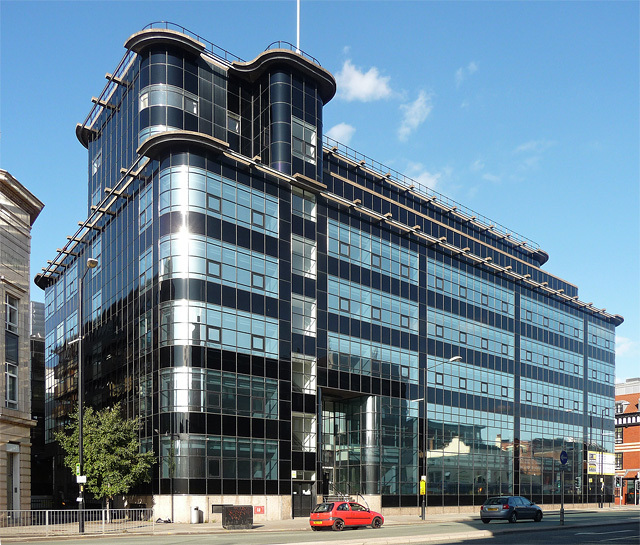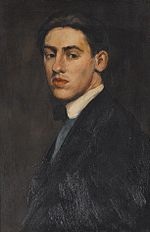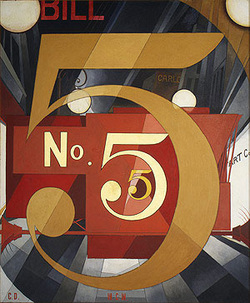"A 1920s style characterized by setbacks, zigzag forms, and the use of chrome and plastic ornamentation." The story of Art Deco occurs against the backdrop of the Roaring Twenties in the U.S. and a scarred Europe recovering from World War One. While the U.S. wasn’t faced with rebuilding after the war, it did have to rebuild its economy after the Great Depression of 1929. | Art Deco is a form of Modernism that flourished in the United States and Europe in the 1920s and 1930s. The origins of Art Deco began two decades earlier in Paris. “La Societe des artistes decorateurs” or the Decorative Artists Society was founded following the Universal Exposition of 1900. Early members, including architect Hector Guimard, believed in the importance of France’s decorative arts and marketing their achievements for business purposes. These artists also displayed their creations at the International Exposition of Modern Industrial and Decorative Art in Paris in 1925. A founder of the Decorative Artists Society, Hector Guimard (1867-1942) was a French architect famous for designing modern facades for the entrances to Paris Metro stations during the Art Nouveau movement (1890-1905). His style was curvilinear, characteristic of Art Nouveau. |
0 Comments
|








 RSS Feed
RSS Feed